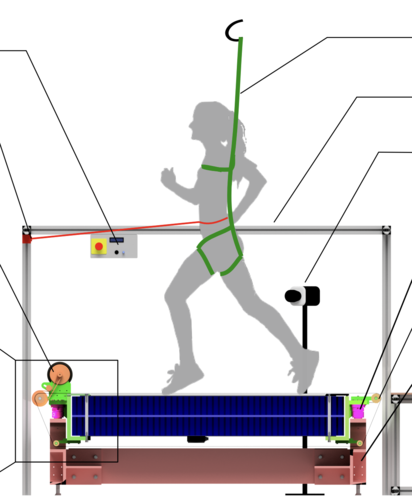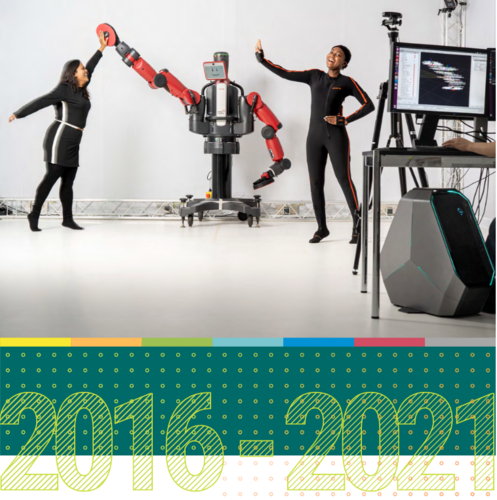Departments
- Autonomous Motion
- Empirical Inference
- Haptic Intelligence
- Modern Magnetic Systems
- Perceiving Systems
- Physical Intelligence
- Robotic Materials
- Social Foundations of Computation
- Theory of Inhomogeneous Condensed Matter
Research Groups
- Autonomous Vision
- Autonomous Learning
- Bioinspired Autonomous Miniature Robots
- Biomimetic Materials and Machines
- Dynamic Locomotion
- Embodied Vision
- Human Aspects of Machine Learning
- Intelligent Control Systems
- Learning and Dynamical Systems
- Locomotion in Biorobotic and Somatic Systems
- Micro, Nano, and Molecular Systems
- Movement Generation and Control
- Neural Capture and Synthesis
- Organizational Leadership and Diversity
- Physics for Inference and Optimization
- Probabilistic Learning Group
- Probabilistic Numerics
- Rationality Enhancement
- Robust Machine Learning
- Nanorobotic Biosensors
- Smart Nanoplasmonics
Publication Type
- Article
- Bachelor Thesis
- Book
- Book Chapter
- Conference Paper
- Issue
- MPI Year Book
- Manual
- Master Thesis
- Miscellaneous
- Patent
- Ph.D. Thesis
- Poster
- Proceedings
- Talk
- Technical Report
- Thesis
- Unpublished
2023
An Open-Source Modular Treadmill for Dynamic Force Measurement with Load Dependant Range Adjustment
Sarvestani, A., Ruppert, F., Badri-Spröwitz, A.
2023 (unpublished) Submitted
dlg
2023
dlg
Sarvestani, A., Ruppert, F., Badri-Spröwitz, A.
An Open-Source Modular Treadmill for Dynamic Force Measurement with Load Dependant Range Adjustment
2023 (unpublished) Submitted
2021
Method of making one or more fibrils, computer implemented method of simulating an adhesive force of one or more fibrils and fibril
pi
2021
pi
Sitti, M., Liimatainen, V.
Method of making one or more fibrils, computer implemented method of simulating an adhesive force of one or more fibrils and fibril
2021, EP Prio. Patent App. 21 162 253.5 (mpi_year_book)
Scientific Report 2016 - 2021
ei hi ps pi rm
ei
hi
ps
pi
rm
Scientific Report 2016 - 2021
2021 (mpi_year_book)
2019
Scientific Report 2016 - 2018
ei hi ps pi
2018
Nanorobots propel through the eye
Wu, Z., Troll, J., Jeong, H., Qiang, W., Stang, M., Ziemssen, F., Wang, Z., Dong, M., Schnichels, S., Qiu, T., Fischer, P.
Max Planck Society, 2018 (mpi_year_book)
pf
2018
pf
Wu, Z., Troll, J., Jeong, H., Qiang, W., Stang, M., Ziemssen, F., Wang, Z., Dong, M., Schnichels, S., Qiu, T., Fischer, P.
Nanorobots propel through the eye
Max Planck Society, 2018 (mpi_year_book)




